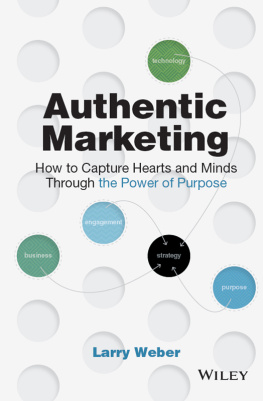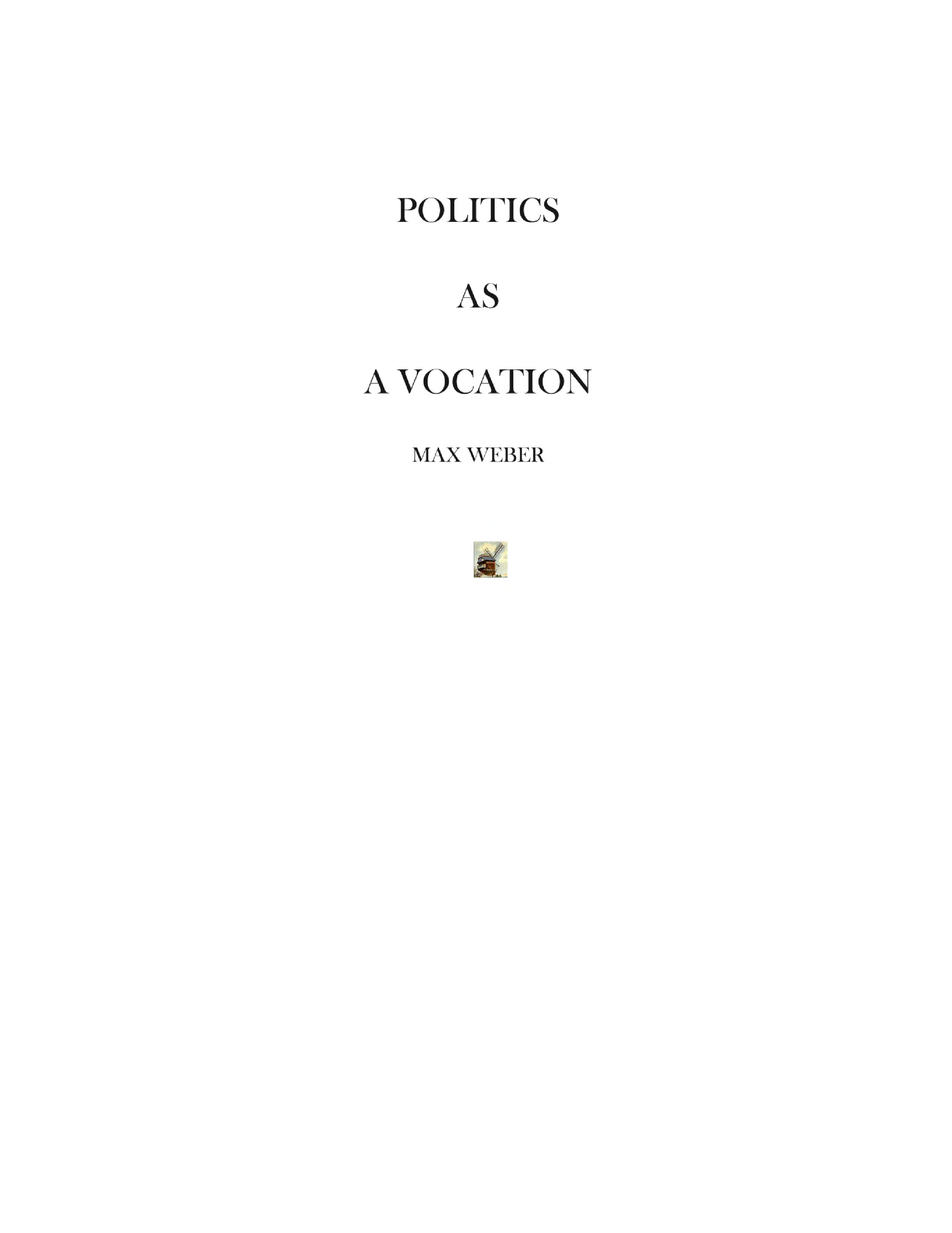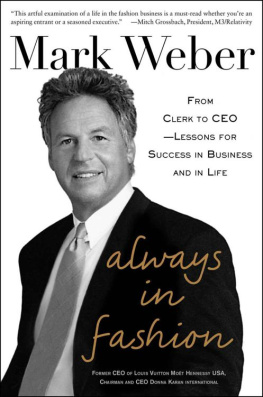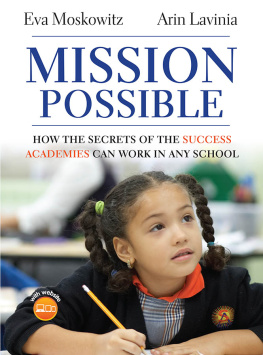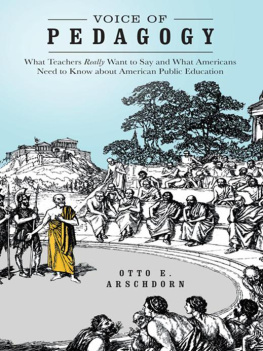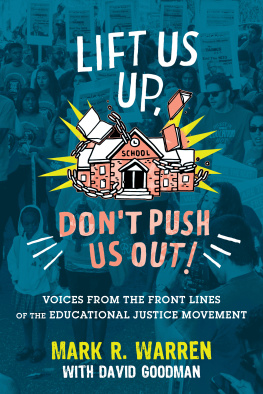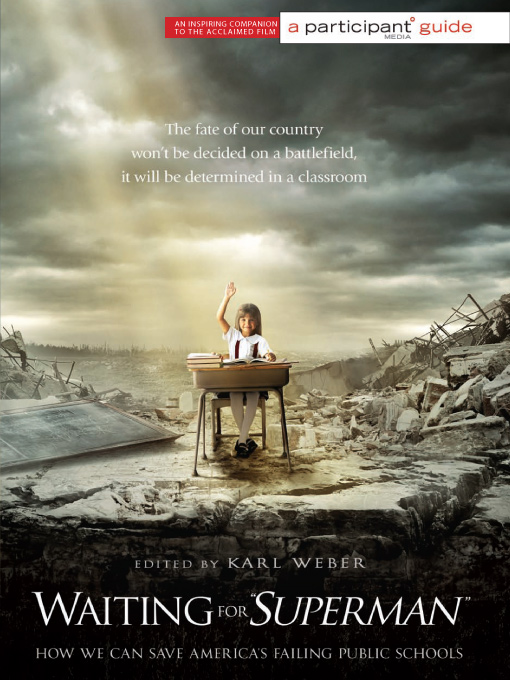Here are just some of the damning statistics thatillustrate how serious the problems with American education havebecomeand suggest some of the causes:
Eight years after the passage of No Child LeftBehind, the United States has four years left to reach the acts goal of100 percent proficiency in math and readingbut most states currentlyhover around 20 percent or 30 percent proficiency.
Among thirty developed countries, the UnitedStates is ranked twenty-fifth in math and twenty-first in science. Whenthe comparison is restricted to the top 5 percent of students, theUnited States is ranked last.
Barely half of African-American and Latinostudents graduate from high school. African-American students graduateat 51 percent, Latinos at 55 percent, while their white counterpartsgraduate at (a still lower than optimal) 76 percent.
The economic costs of failing schools areenormous. For example, in Pennsylvania, 68 percent of state prisoninmates are high school dropouts. The state spends $33,000 a year oneach prisoner, and the total cost of the average prison term is$132,000. By contrast, the average private school costs $8,300 perstudent per year. So for the same amount, Pennsylvania could have sent aprison inmate to a private school from kindergarten through twelfthgradeand still had more than $24,000 left for college.
Fifty years ago, only 20 percent of highschool graduates expected to go to college. Most of those who did wouldbecome doctors, lawyers, engineers, clergymen, and top corporateexecutives. The next 20 percent were expected to go straight intoskilled jobs as accountants, managers, technicians, or bureaucrats,while the bottom 60 percent would become workers on farms and infactories, in an economy where those occupations generally paid wagessufficient to support a family. Based on these numbers, a system oftracking or grouping by ability emerged that served American schoolsystems reasonably well. Today most middle-class high schools stilltrack their students in this manner, even though the economy nowrequires a much higher percentage of college graduates. The gap betweenwhat we need and what we are producing is large, and growing. In fact,by the year 2020, 123 million American jobs will be inhigh-skill/high-pay occupations, from computer programming tobioengineering, but only 50 million Americans will be qualified to fillthem.
The average college graduate earns 73 percentmore than the average high school graduate in a lifetime. Based on thisrelationship, The Alliance for Excellent Education has estimated that the approximately 1.2 million students who should havegraduated with the college class of 2008but failed to do sowill costthe nation nearly $319 billion in lost income over the course of theirlives.
High school graduates on average live up toseven years longer than high school dropouts.
In 1970, the United States produced 30 percentof the worlds college graduates. Today it produces only 15 percent.
At Americas top 150 colleges, 90 percent ofincoming freshmen come from families in the top half of U.S. annualincome statistics.
Since 1971, education spending in the UnitedStates has more than doubled from $4,300 per student to more than $9,000per student (adjusted for inflation). Yet in that same time period,reading and math scores have remained flat in the United States, even asthey have risen in virtually every other developed country.
Teachers unions, originally formed in themid-nineteenth century, began as leading voices in the national movementfor womens rights and the rights of all working people. Today they arealso major political forces. Taken together, the two biggest teachersunions, the National Education Association (NEA) and the AmericanFederation of Teachers (AFT), are the nations largest contributors topolitical campaigns. Over the past twenty years, they have given morethan $55 million to congressional candidates and their parties, morethan the Teamsters, the National Rifle Association, the AARP, theNational Chamber of Commerce, or any otherorganization. More than 90 percent of this money goes to Democrats.
As a profession, teachers enjoy some of thestrongest protections of any group of workers. For example, in Illinois,1 in 57 doctors loses his or her medical license, and 1 in 97 attorneysloses his or her law license, but only 1 teacher in 2,500 has ever losthis or her credentials.
In New York state, disciplinary hearings forteachers last eight times longer than the average U.S. criminal case.The cost to the State of New York of teachers awaiting these hearings is$65 million a year.
Recent research into teacher effectivenessdemonstrates that the performance gap between the best teachers and theworst teachers is far greater than commonly supposed. On average, ateacher in the bottom quintile of effectiveness covers only 50 percentof the required curriculum in a school year, while a teacher in the topquintile covers 150 percent. Research reflects the cumulative impact ofthe difference on a group of students over multiple years: In Dallas,students who had three consecutive years of effective teachers improvedtheir math test scores by 21 points, while students with three years ofineffective teachers fell 30 points behind.
Teacher retention is a serious problem formany American school districts. By some estimates, approximately 40percent of teachers leave the profession within five years of startingto teach, while 50 percent leave within six years. The problem is worstin the neediest school districts. Nationwide, 15.2 percent of teachersat high-poverty schools leave their schoolsannually, compared to 10.5 percent in low-poverty settings.


